
What Is Stem Cell Therapy?
In recent years, stem cell therapy has advanced by leaps and bounds. This innovative treatment option has helped thousands of patients to find relief from chronic conditions, sports-related injuries, and debilitating diseases. However, many people have some misconceptions about what stem cells are and what benefits they offer.
Below, we will discuss stem cells and related therapies to help provide a deeper understanding of this exciting alternative treatment option.
What Exactly Are Stem Cells?
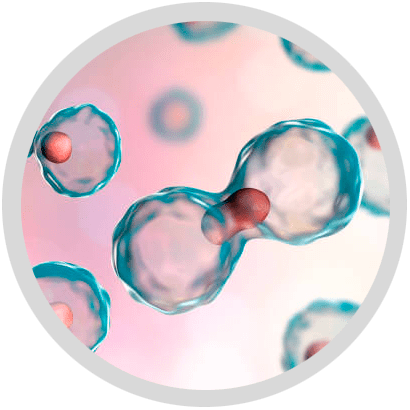
Where Do Stem Cells Come From?
Stem cells can be obtained from many different sources. The source chosen for a particular treatment will depend on the ailments the patient is suffering from and other factors such as age and patient preference.
The three primary sources for stem cells are bone marrow, umbilical cord tissue, and adipose (fat) tissue.
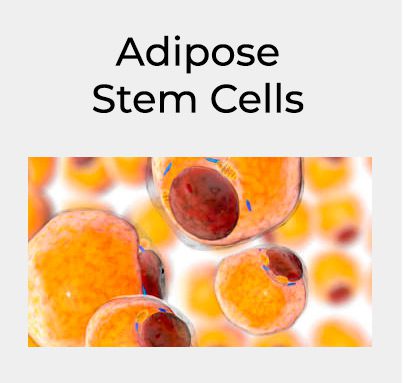

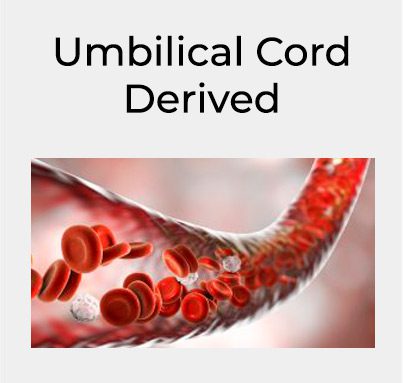
Adipose Stem Cells
Bone Marrow Aspirate

Umbilical Cord Derived Stem Cells

Harvesting hUCMSCs is noninvasive and there is a surplus of tissue available. Umbilical cords are a natural byproduct of child birth and is typically discarded afterwards. Birth tissue is donated by healthy mothers at the time of scheduled cesarean section. Through an informed consent process, expectant mothers submit their past medical and social history which is prescreened through an extensive and complete medical review and pre-natal evaluation This process is performed prior to delivery utilizing the protocols established by various regulatory agencies. Prior to the recovery of birth tissue, stringent guidelines must be met.
What is the Goal of Stem Cell Therapy?
How Are Stem Cells Administered?

How Do Stem Cells Work?
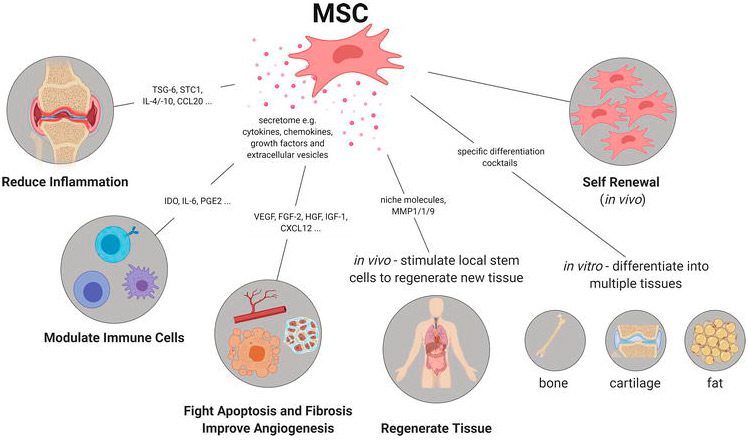
What Conditions Can Stem Cells Potentially Treat?

Neurodegenerative
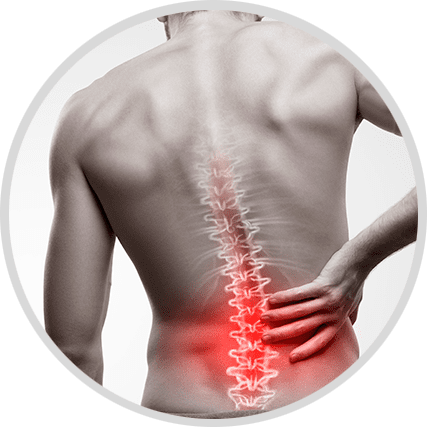
Orthopedic
Due to the differentiation trait and anti-inflammatory effects of stem cells, they are also commonly used to treat orthopedic conditions, such as:

Autoimmune

Wellness
Stem cell therapy is not only beneficial for managing conditions and physical ailments. They also have anti-aging and general wellness benefits.
Stem cells can be used for:
The goal of stem cell therapy when used to manage these conditions is to potentially help halt or slow down the progression of the condition and improve function and quality of life.
Can My Body Reject the Stem Cell Treatment?
Conclusion
Resources
- https://www.mayoclinic.org/tests-procedures/50bone-marrow-transplant/in-depth/stem-cells/art-20048117
- https://www.ncbi.nlm.nih.gov/pmc/articles/PMC5880231/
- https://www.cancer.org/treatment/treatments-and-side-effects/treatment-types/stem-cell-transplant/why-stem-cell-transplants-are-used.html
- https://www.ncbi.nlm.nih.gov/pmc/articles/PMC5968746/
- https://www.cancer.gov/publications/dictionaries/cancer-terms/def/neurodegenerative-disorder

 St. Petersburg, Florida
St. Petersburg, Florida
